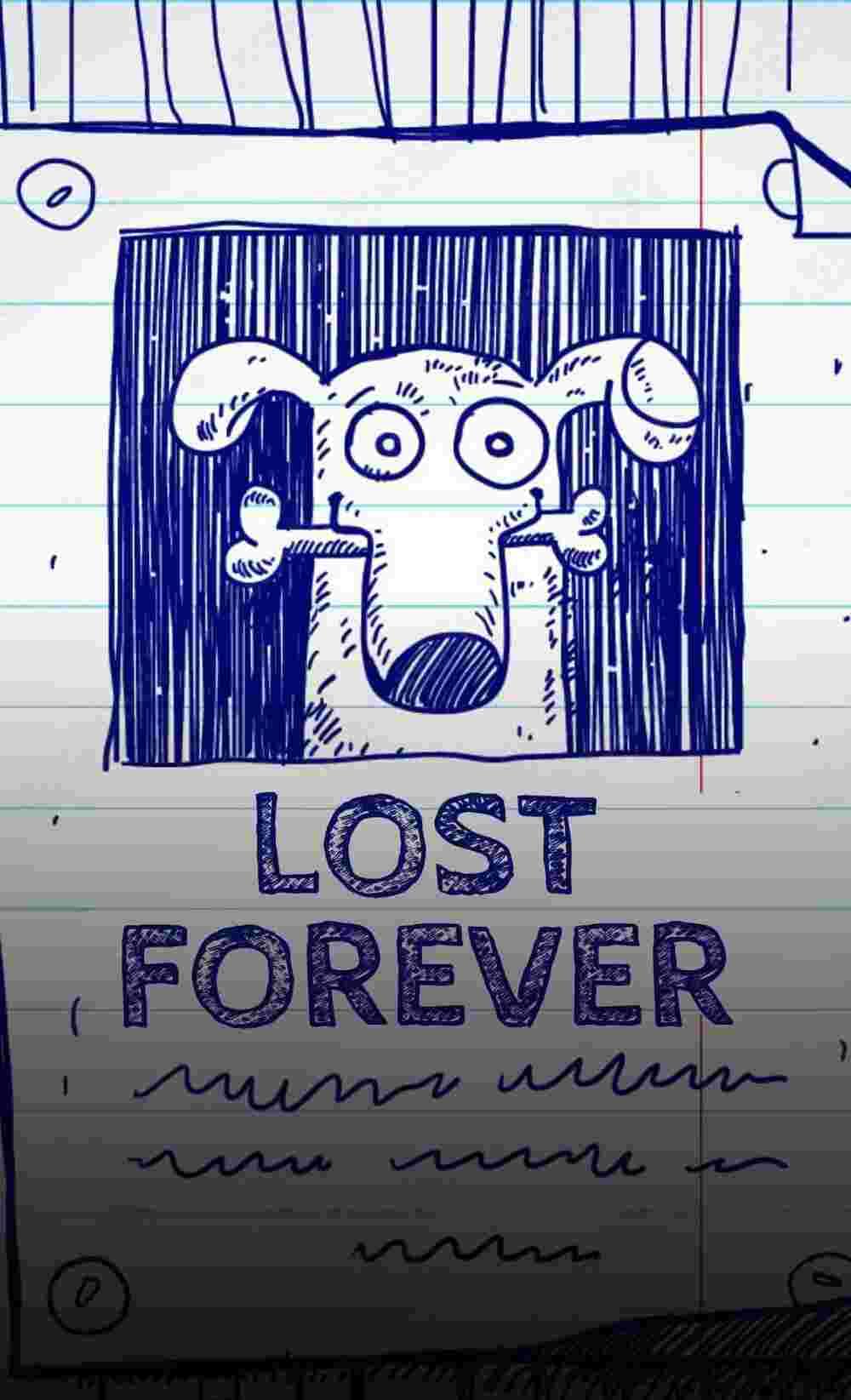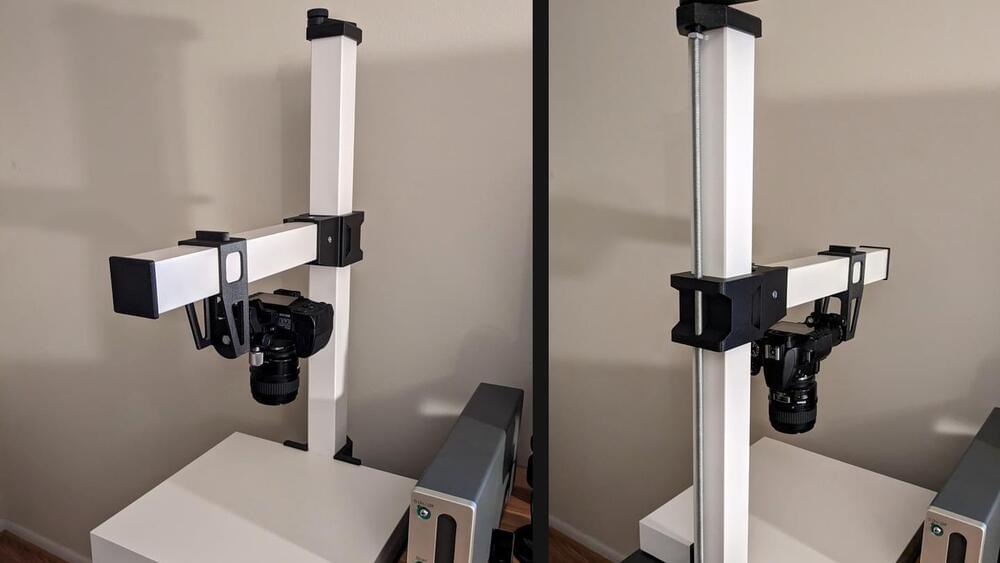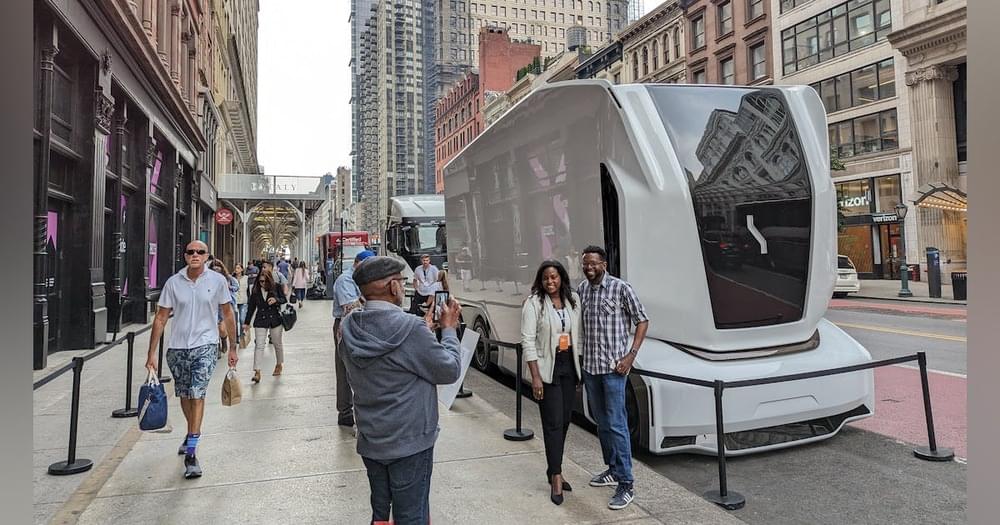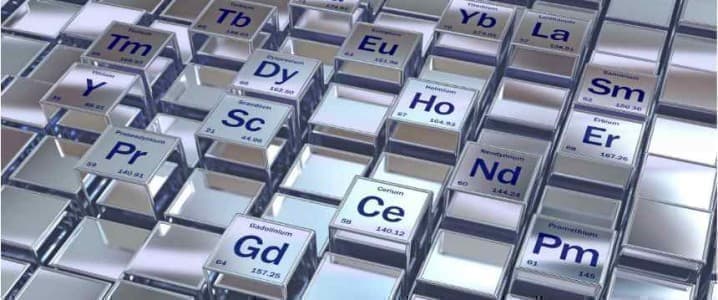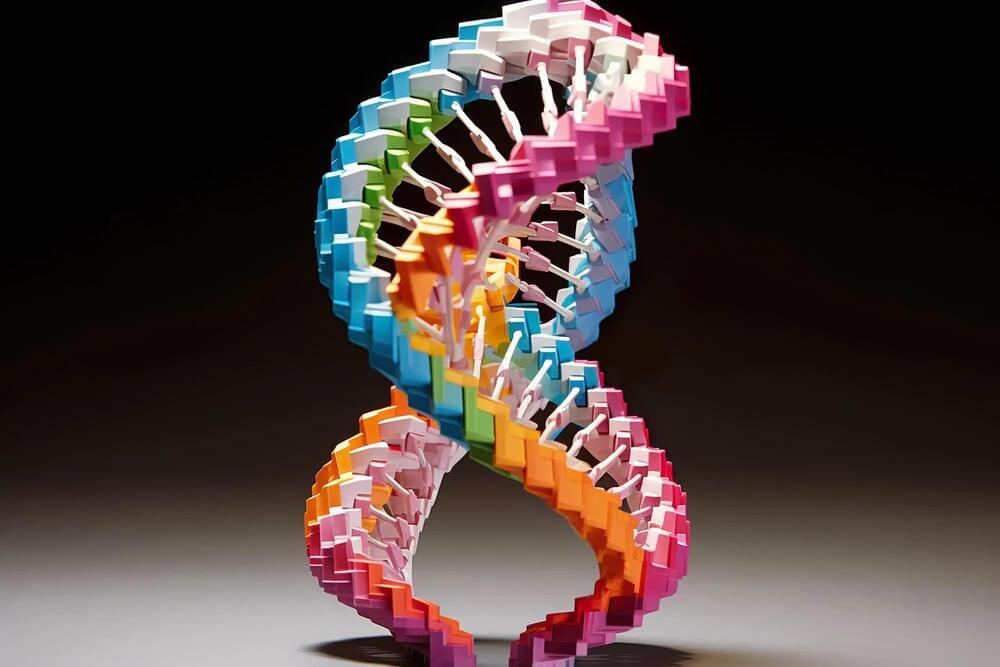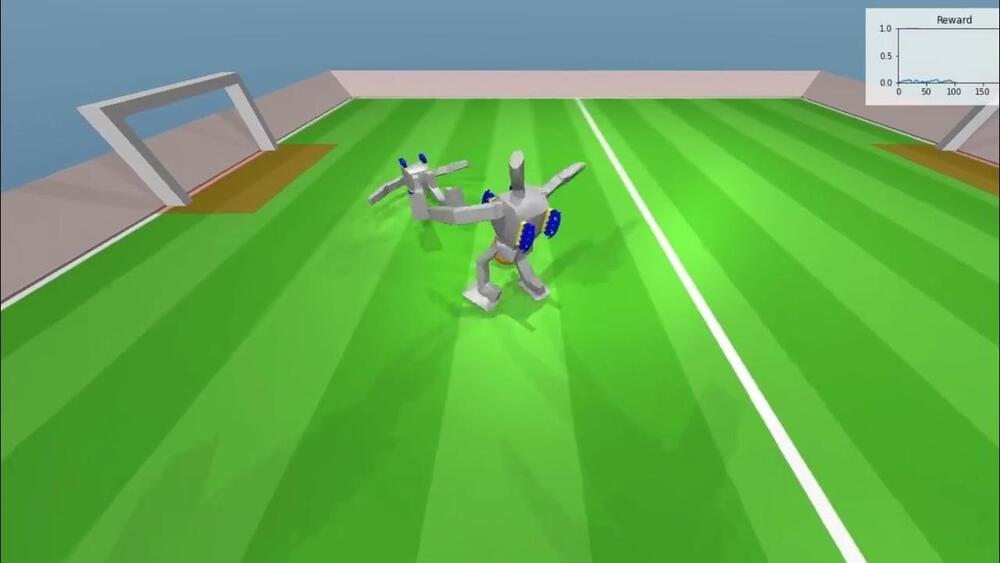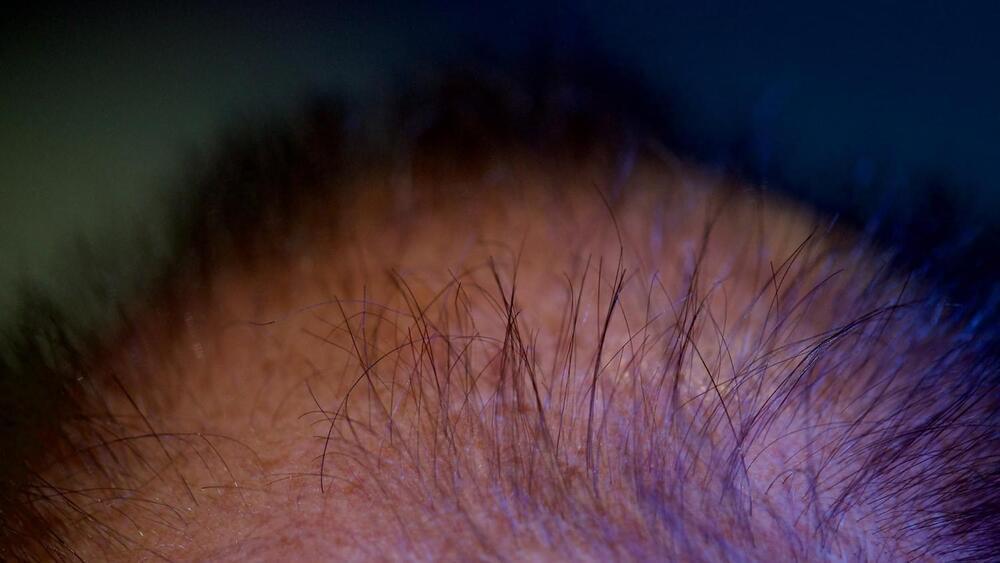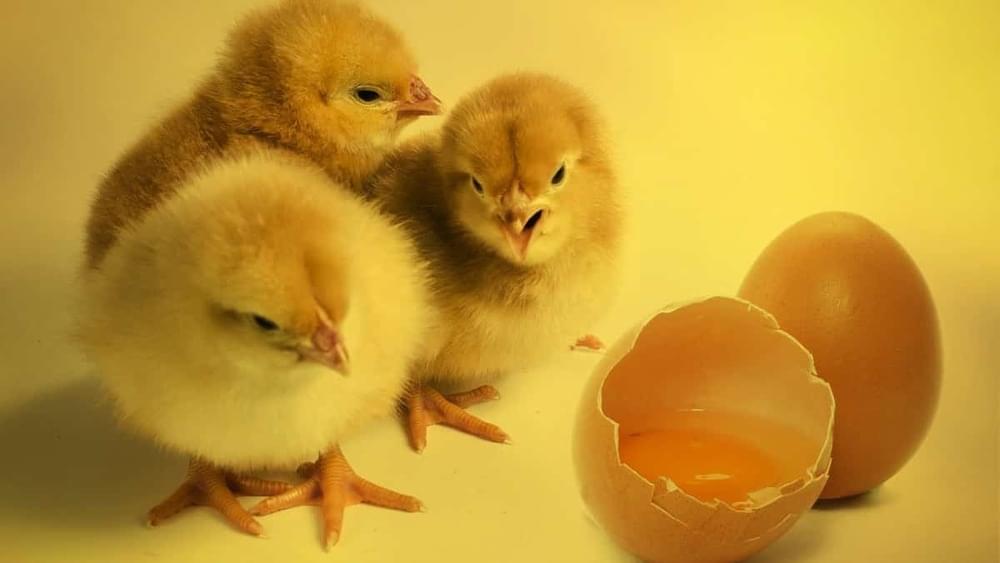When we think of extinction, rarely do we think of dogs. However, these 10 dog breeds are almost on the brink of disappearing.
A copy stand is a tool used to capture images of photos, artwork, books, and things of a similar nature. It holds a camera perpendicular to a large and flat surface, upon which the subject rests.
They are handy, but there’s no need to spend a lot when [BlandPasta]’s DIY copy stand based on a cheap IKEA LACK table can be turned into an economical afternoon project with the help of simple hardware and a few 3D printed parts.
The main structure comes from a mixture of parts from two LACK tables: one small and one normal-sized. A tabletop is used as the bed, and the square legs make up the structural parts with the help of some printed pieces. A threaded rod combined with some captive hardware provides a way to adjust the camera up and down with a crank, while one can manually slide the horizontal camera mount as needed to frame the subject appropriately.
Einride is trying to change how the world moves goods. The Sweden-based company with a growing U.S. presence combines battery-electric power with automation and data to develop freight’s future.
The company’s futuristic-looking equipment became a tourist attraction in New York City last week when it parked an electric truck and a cab-less Autonomous Electric Transport vehicle on West 23rd Street in Chelsea, where passersby stopped to take pictures with the electric freight movers.
While some companies focused on the future of transportation are taking more measured approaches, Einride’s leaders told FleetOwner that it is ready to move the freight world into the future now.
Penn State researchers have discovered a protein found naturally in a bacterium (Hansschlegelia quercus) isolated from English oak buds exhibits strong capabilities to differentiate between rare earths. Harnessing its power could revolutionize the entire tech sector by fundamentally changing how critical minerals like rare earths are harvested and purified. Image Credit: Penn State. Creative Commons
The discovery is important because rare earth elements, like neodymium and dysprosium, are critical components to almost all modern technologies, from smartphones to hard drives, but they are notoriously hard to separate from the Earth’s crust and from one another.
By figuring out how this molecular handshake works at the atomic level, the researchers have found a way to separate these similar metals from one another quickly, efficiently, and under normal room temperature conditions. This strategy could lead to more efficient, greener mining and recycling practices for the entire tech sector, the researchers state. Related: U.S. Crude Trading At Big Discount To Dubai Oil.
Researchers from the Gothelf lab at Aarhus University.
Established in Aarhus, Denmark in 1928, Aarhus University (AU) is the largest and second oldest research university in Denmark. It comprises four faculties in Arts, Science and Technology, Health, and Business and Social Sciences and has a total of 27 departments. (Danish: Aarhus Universitet.)
A team of researchers from Google’s DeepMind AI lab have programmed a pair of little humanoid robots to play a classic match of one-versus-one soccer — and the results are absolutely adorable.
We investigated the application of Deep Reinforcement Learning (Deep RL) for one-versus-one (1v1) soccer on the Robotis OP3 miniature humanoid robot.
Researchers from North Carolina State University have identified a microRNA (miRNA) that could promote hair regeneration. This miRNA – miR-218-5p – plays an important role in regulating the pathway involved in follicle regeneration, and could be a candidate for future drug development.
Hair growth depends on the health of dermal papillae (DP) cells, which regulate the hair follicle growth cycle. Current treatments for hair loss can be costly and ineffective, ranging from invasive surgery to chemical treatments that don’t produce the desired result. Recent hair loss research indicates that hair follicles don’t disappear where balding occurs, they just shrink. If DP cells could be replenished at those sites, the thinking goes, then the follicles might recover.
A research team led by Ke Cheng, Randall B. Terry, Jr. Distinguished Professor in Regenerative Medicine at NC State’s College of Veterinary Medicine and professor in the NC State/UNC Joint Department of Biomedical Engineering, cultured DP cells both alone (2D) and in a 3D spheroid environment. A spheroid is a three-dimensional cellular structure that effectively recreates a cell’s natural microenvironment.
NASA’s Aqua satellite spotted giant ice swirls stretching for hundreds of miles in the Sea of Okhotsk off Russia’s P’yagina Peninsula.
A power couple in the tech world tap Ryan Leidner Architecture to create the home of their dreams—with barely a gadget in sight.
In a new study, the scientists claimed to have found the answer to one of the most baffling questions in the history of humankind — ‘What came first: Chicken or the egg?’. The question has to date left everyone, from scholars to schoolchildren, stumped. However, scientists now claim to have discovered the answer.
As per the researchers from the University of Bristol, the early ancestors of reptiles and modern birds are likely to have given birth to live young and may have not laid eggs, according to The Times. The Journal Nature Ecology and Evolution published the study which detailed the discovery.
Scientists, along with researchers from Nanjing University, have challenged the belief which existed so far that hard-shelled eggs were the reason for the success of amniotes, which are animals whose foetuses are developed inside an amnion (membrane or sack) inside the egg.
